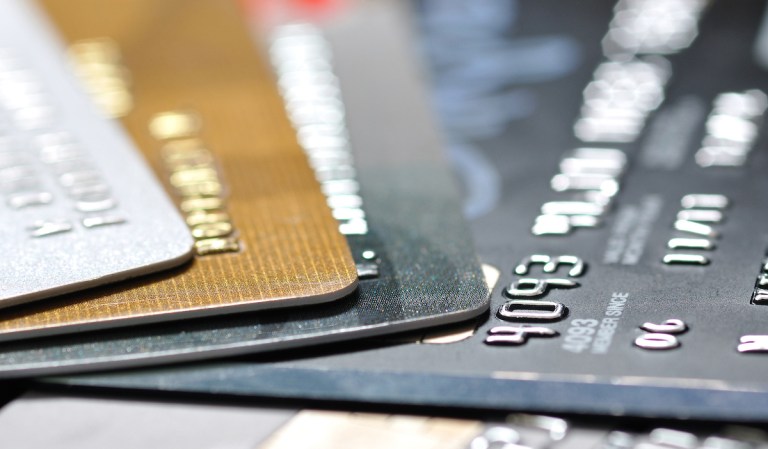Card Interchange Fee Debate Confuses Costs With Who Pays Them

Card interchange fees have fierce defenders and heated detractors. Turn on the financial news, and commentary might touch on whether cards are “free” — and who ultimately pays the price.
Legislation is winding its way through Congress, most visibly with the Credit Card Competition Act.
Some terms and concepts get thrown around and at times muddy the debate about the fees themselves, their function and what ultimately might happen with a drastic restructuring of interchange.
At a high level, when a card is used online or in a store, the merchant pays a fee to the card issuing bank. The interchange fee, as it stands now, has several components, levied as 1% to 3% of the transaction and an additional flat fee.
Those are the mechanics. What follows are some of the key points of contention, unknowns, misconceptions and misperceptions.
The Fees Are a Hidden Tax on Consumers and Gouge Merchants
Merchants pay the fees. The ripple effect is that the fees may ultimately impact how a merchant prices goods or services (i.e., if the interchange fees are passed on to consumers or if minimum purchases are required). Fees are a common cost of card acceptance, and as PYMNTS Intelligence data has shown, credit is among the most popular of payment options. The cost of acceptance is more than offset by the top-line boost those merchants gain as a result of taking cards at the register. Under card networks’ rules, such as Visa and Mastercard, merchants are required to display the surcharges at the point of sale.
Changing Routing Rules and Capping Fees Would Automatically Save Consumers Money
The conventional wisdom is that capping interchange fees and requiring at least two additional networks to be available to route each transaction — as has been proposed in the CCCA — would save consumers money. Merchants would opt for networks with lower-cost rails, passing the savings along to consumers. In a letter to Congress earlier this year, the Merchant Payments Coalition said the credit card market is “not functioning,” since it is dominated by Visa and Mastercard, with a combined 83% market share.
But there’s no guarantee that the revisions would translate into money back in an individual’s pocket. The reality of what happened in the wake of the caps on debit interchange fees last decade offers some insight here. A 2015 study from the Federal Reserve Bank of Richmond examining Dodd-Frank’s capped debit interchange fees found that 77.2% of merchants did not change prices post-regulation, 1.2% reduced prices and 21.6% increased prices.
Expanded Routing Choices: Unintended Friction?
This one’s a bit of a wild card. Some proponents charge that expanding the routing choices would inject competition into the market, and perhaps force the payment network giants to lower the interchange percentages. But introducing new network options at checkout for payment cards muddies the waters a bit in terms of the flow of commerce. It’s an extra step for consideration on the part of the consumer, and it’s an extra operational consideration for the merchant. In the end, the “default” may be, at least for the consumer, to go with the marquee payment networks, Mastercard and Visa.
Expanding Routing Choices: Security Concerns
In part, going with the giants may boil down to a choice predicated on security. Visa and Mastercard have spent decades building out the infrastructure to fight fraud; in part, those buildouts have been funded through interchange fees. The noncard rail networks have been building out their own security tools but might offer a new avenue of attack for card-not-present transactions.
How Rewarding Will Rewards Remain?
As merchants might opt to route transactions to the cheaper networks, and as interchange fees decrease to the issuing banks, the banks themselves have less on hand to fund rewards programs and benefits — and interchange helps fund the issuance of those cards.
A Federal Reserve study from September 2022 noted that issuers get about 1.3 cents in transaction fees (which would include interchange) for each dollar of consumer purchases made on cards.
The expenses tied to the rewards programs, the Fed found, came in at 1.5 cents per dollar of card-related purchases, indicating only a partial offset.
Again, the history of what happened with debit programs proves instructive here: Rewards programs virtually disappeared. A 2017 Fed paper found that banks subject to debit card interchange fee regulation were more than 35% less likely to offer free checking accounts and hiked fees elsewhere.